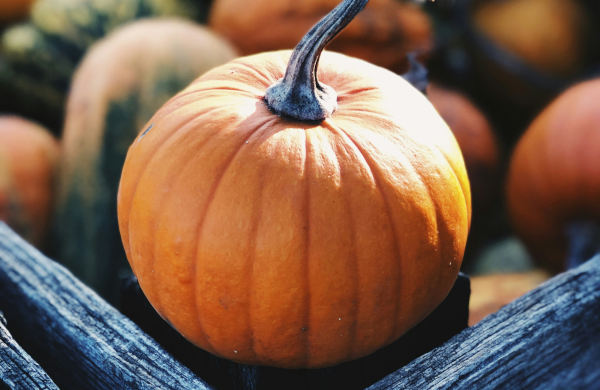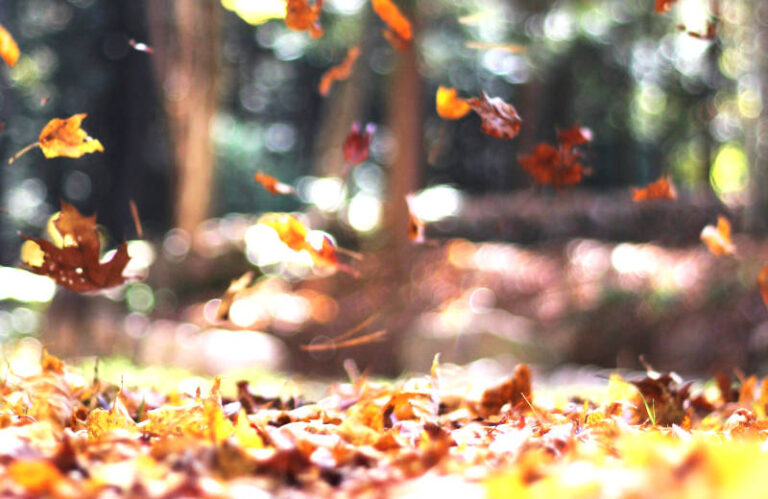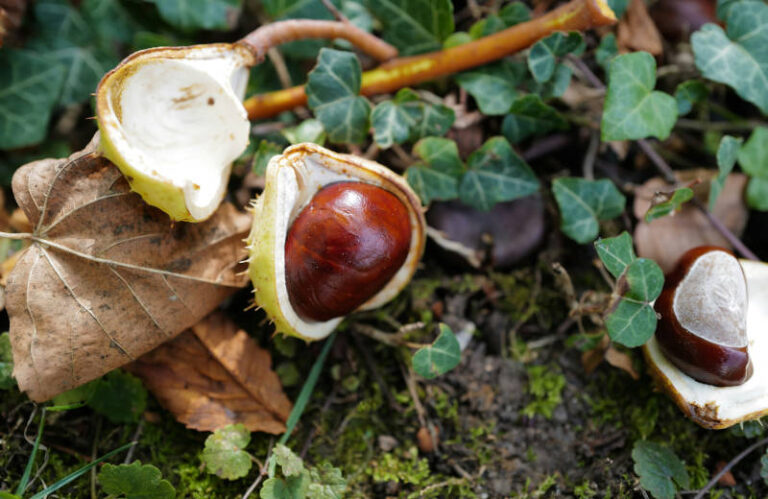Autumn provides an ideal opportunity for Early Years Foundation Stage (EYFS) practitioners to engage children in sensory-rich and educational experiences that align with the EYFS curriculum.
Incorporating nature-based and creative activities such as leaf printing, pumpkin exploration, and autumnal sensory bins allows children to develop key skills in language, mathematics, and creativity while connecting with the changing season.
Below is a detailed breakdown of autumn activities for EYFS that will engage children, promote development, and improve their understanding of the world around them.
Blossom’s Recommended Autumn Activities for Early Years:
1. Nature Walks and Scavenger Hunts
Autumn is a wonder for the senses – all sorts of exciting things to see, hear, feel and smell. Take children on a nature walk to explore seasonal changes, and be sure to frequently ask them what they can sense.

Encourage them to collect items like leaves, conkers, and pine cones. During the walk, you can discuss the colours of leaves, the texture of different materials, the smells around them. and other sensory elements to build children’s vocabulary.
Once back in the classroom, use these natural materials for sorting activities, craft projects, or even counting games. These hands-on learning opportunities promote early maths skills, such as counting and categorising, while also fostering curiosity about the natural environment.
EYFS Areas of Development:
- Understanding the World (The Natural World)
- Communication and Language (Listening, Attention and Understanding, Speaking)
- Mathematics (Number)
2. Leaf Printing and Collage
Create leaf prints using the materials collected during your nature walk, getting all sorts of different leaves. Old ones, new(ish, it’s autumn after all) ones, brown ones, green ones and lots of different textures (as mentioned above). All of this opens the door for exploration of the natural lifecycle of trees and plants.

Children can then dip leaves in paint and press them onto paper to create autumn-themed art. This activity enhances fine motor skills, encourages creativity, and introduces children to the concept of shape and texture.
Follow this with leaf collage-making, allowing children to arrange their finds on paper to express their individuality while learning about size, shape, and colour.
EYFS Areas of Development:
- Expressive Arts and Design (Being Imaginative and Expressive)
- Physical Development (Fine Motor Skills)
- Understanding the World (The Natural World)
3. Pumpkin Exploration
Bring pumpkins into the classroom for a full sensory experience – perfect for a Halloween EYFS activity! Allow children to explore the outside of the pumpkin, describing its texture, weight, and colour. For older children, this can lead into pumpkin carving (with adult assistance) or using the seeds inside for counting and sorting.

You can also use the pumpkin flesh in sensory bins, letting children squish and manipulate the materials. This activity promotes language development and numeracy as children talk about their observations and count pumpkin seeds.
To save on waste, place the pumpkins outside for wildlife to enjoy, but not if you’ve added any preservatives to the pumpkins. Be sure to place pieces off the floor away from hedgehogs (pumpkins can make them poorly) – another learning opportunity about how foods affect different animals.
When the pumpkins are obviously grotty, place them in the compost or your green bin (if your council offers them).
EYFS Areas of Development:
- Understanding the World (The Natural World)
- Communication and Language (Speaking)
- Mathematics (Number)
4. Autumn-Themed Story Time
Reading autumn-themed stories, such as We’re Going on a Leaf Hunt or Squirrels who Squabbled, enhances language development while also promoting listening and comprehension skills.
After the stories, engage children in discussions about the characters, settings, and events. You can include these stories as part of your autumn walk, really adding to the autumnal atmosphere!

Follow up with related activities like making leaf characters or crafting witches’ hats (the Halloween part of autumn), helping to reinforce understanding while stimulating creative expression.
EYFS Areas of Development:
- Literacy (Word Reading, Comprehension)
- Expressive Arts and Design (Creating with Materials)
- Communication and Language (Listening, Attention and Understanding)
5. Counting Conkers
Use conkers, acorns, or pine cones collected during outdoor play for counting and sorting activities. These natural items can help introduce mathematical concepts in a hands-on, engaging way.

You can ask children to count the items, group them by size, or create simple patterns. This activity not only builds early numeracy skills but also introduces problem-solving and logical thinking.
EYFS Areas of Development:
- Mathematics (Number, Numerical Patterns)
- Physical Development (Fine Motor Skills)
6. Harvest Festival Role Play
Create a harvest festival in the classroom with stalls where children can pretend to be farmers, bakers, or shopkeepers. Provide them with props such as play fruits and vegetables, allowing them to role-play buying and selling items.
You can even couple this with a harvest festival food drive, like you might have done yourself in primary school. Explaining the reasons why you might need to donate food can aid with the People, Culture and Communities early learning goal.
This imaginative play helps children develop social skills and understand economic concepts like exchange and value, while also promoting communication as they interact with one another.
EYFS Areas of Development:
- Personal, Social, and Emotional Development (Building Relationships)
- Communication and Language (Speaking)
- Understanding the World (People, Culture and Communities)
7. Autumn Sensory Bins
Create sensory bins filled with autumn-themed materials like dried corn, pine cones, leaves, and mini pumpkins. Sensory play allows children to explore textures and manipulate objects, boosting cognitive development, concentration, and fine motor skills.
If you want to boost their communication and language, blindfold the children when they’re exploring the bin and ask them to describe what they can feel. Hopefully lots of adjectives! This also allows the children observing to self-regulate, not shouting out the answers and waiting their turn.
You can hide small items in the bins for children to find, sparking their curiosity and focus while encouraging language development as they describe what they discover.
EYFS Areas of Development:
- Understanding the World (The Natural World)
- Physical Development (Fine Motor Skills)
- Communication and Language (Speaking)
8. Songs and Rhymes About Autumn
Incorporating seasonal songs and rhymes like “Autumn Leaves Are Falling Down” (to the tune of ‘London Bridge is Falling Down’) or “Cauliflowers Fluffy” (harvest festival banger) into your routine helps develop language skills, memory, and rhythm awareness.
Adding movements or props like paper leaves or small pumpkins can further enhance engagement. Singing also helps children develop social skills as they sing together and learn to listen to rhythm and rhyme.
EYFS Areas of Development:
- Communication and Language (Speaking)
- Personal, Social and Emotional Development (Building Relationships)
- Literacy (Comprehension, Word Reading)
9. Baking Autumn Treats
Baking seasonal treats like apple crumble, pumpkin muffins or Halloween biscuits is a fun way to integrate learning into a hands-on activity. Children can practise measuring ingredients, following instructions, and working as a team.

Baking activities promote early maths skills, such as counting and measuring, while enhancing sensory exploration through the mixing and handling of ingredients.
EYFS Areas of Development:
- Mathematics (Number)
- Physical Development (Fine Motor Skills)
- Communication and Language (Speaking)
Incorporating autumn activities for EYFS is a fantastic way to support children’s development across multiple learning areas while making learning fun and relevant to the season.
Through nature walks, sensory play, creative crafts, and role play, children can enhance their language, numeracy, and social skills in a way that aligns with EYFS guidelines. These activities also promote sensory exploration, encouraging children to engage with the world around them and develop curiosity and imagination.
For more brilliant EYFS activities, check out our Ultimate guide to EYFS activities blog post and easily cover the seven areas of learning and development!